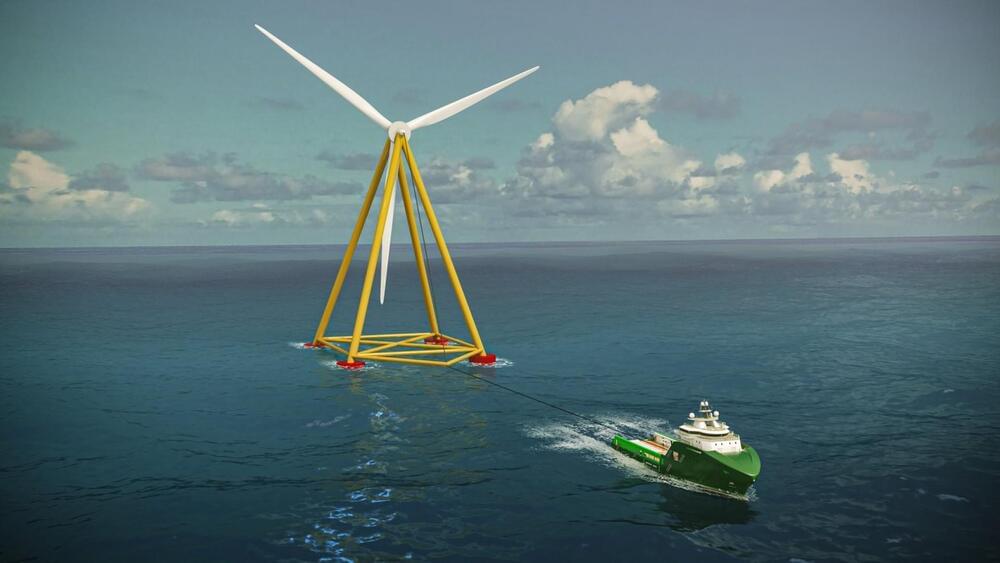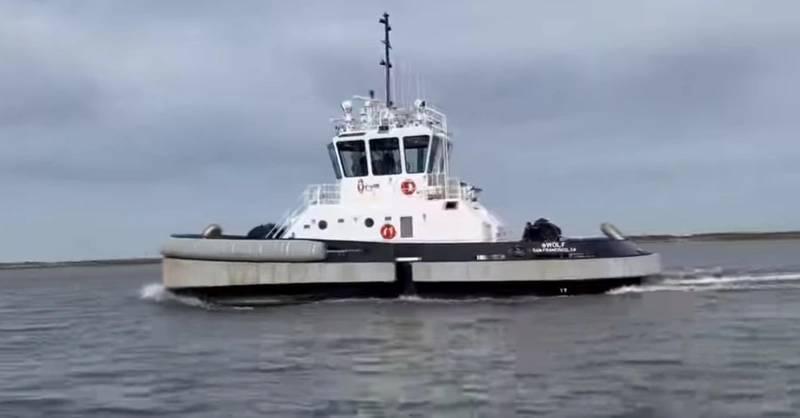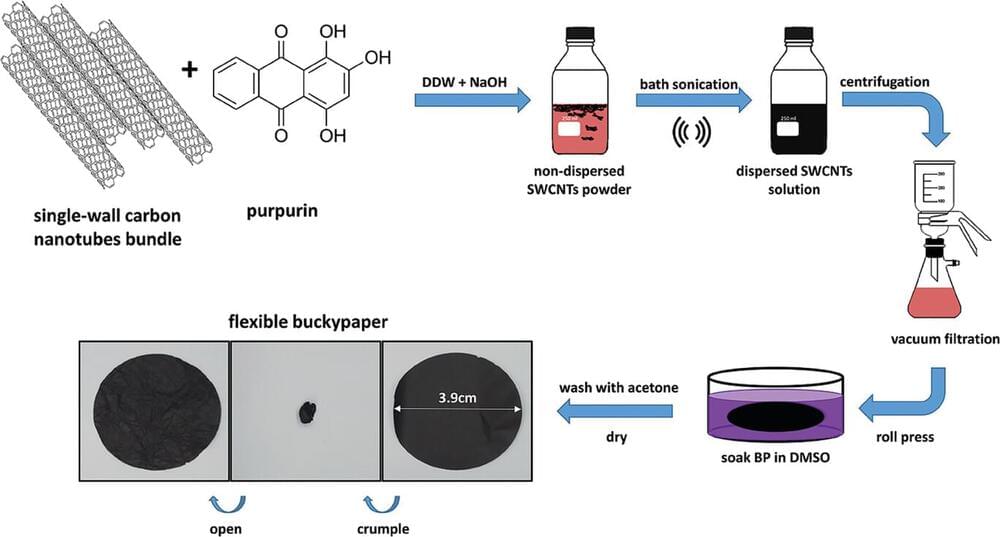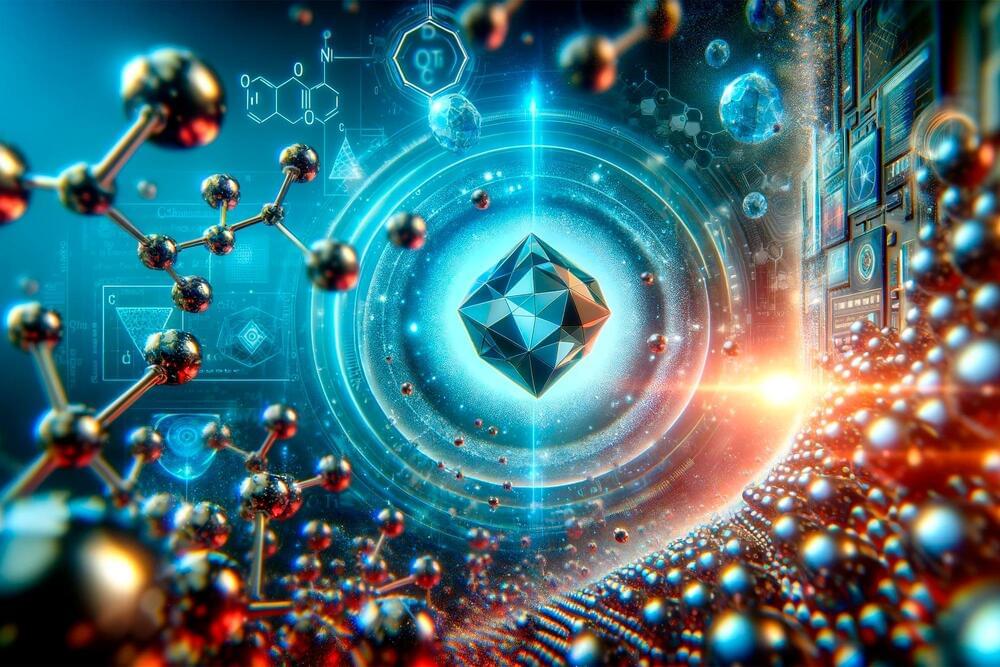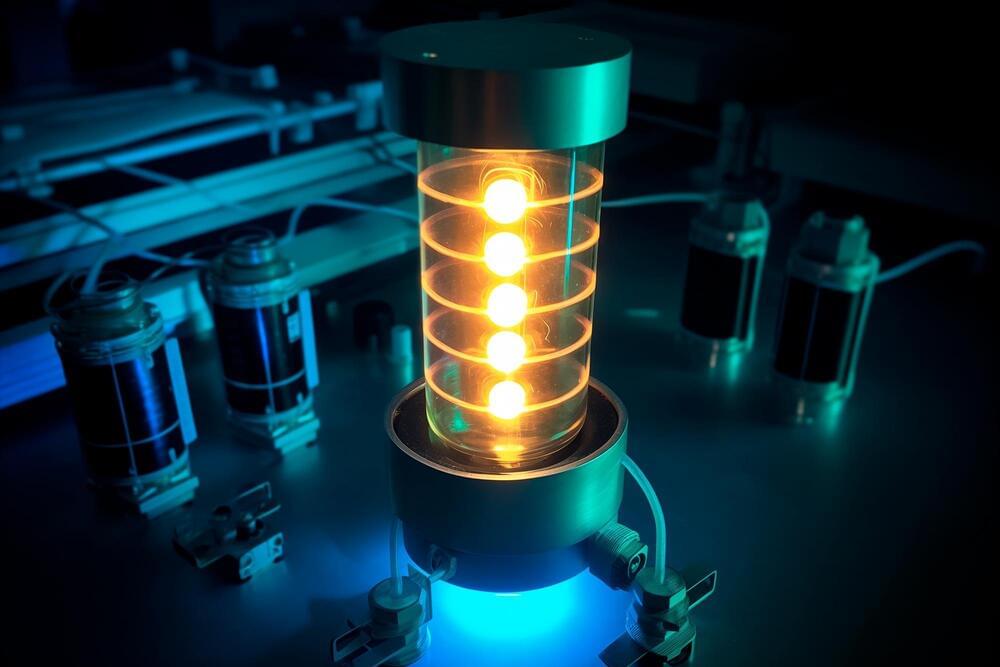Carbon nanotubes have long tantalized researchers with their extraordinary mechanical and electronic properties. As one-dimensional nanostructures with remarkable mechanical strength and electrical conductivity, CNTs have been eyed for next-generation composites, energy storage devices, sensors and more. Yet realizing their promise has proven an enduring challenge.
CNTs have ultra-high surface energy and readily form large bundles rather than remaining as individualized tubes, severely compromising resultant material properties. Exfoliating these bundles, particularly in solution, has remained an immense difficulty despite intense R&D efforts over 30+ years employing covalent and noncovalent functionalization strategies.
Covalent approaches disrupt the CNTs’ pristine sp2 carbon networks, damaging their intrinsic properties. Noncovalent methods like surfactants and polymers have had limited success in debundling smaller diameter single-wall CNTs (SWCNTs), especially longer high aspect ratio tubes preferred for optimal conductivity and strength. And virtually all tactics have struggled to exfoliate specific SWCNT types, hindering enrichment in metallic SWCNTs boasting far higher conductance than their semiconducting counterparts.
